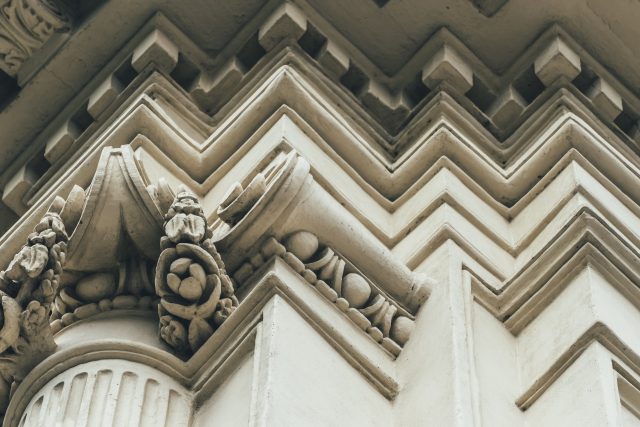
Is it finally time for traditional architecture to return to Europe?
One of the most impactful ways that modernist ideology has reshaped Europe over the course of the 20th century is through the literal restructuring of our built environment. This is a trend that unlike many cultural or demographic shifts can be seen in just about every corner of the continent, and is a stark reminder of our place in time.
But the public appreciation for modernist architecture is on the decline. As an idea, the nascent modernism of the 20th century was intended to bring standard, comfort, and rationality to human life, a remedy to the industrialised society’s ills of slum towns, deracinating urbanisation and confusion of life purpose. Elements of superfluity, irrationalism, and antiquated symbolism were stripped away as urban environments were heavy-handedly, yet simultaneously carefully, planned according to economic needs. The new tomorrow was already here.
As the modernist vision did not live up to what it promised, its physical remnants have increasingly lost their intended symbolism. In a time characterised by pessimism and economic downturn, it is natural that people seek something more soul-fulfilling and traditionally aesthetic than something that serves as a reminder of what was ultimately an illusion of perfect social engineering.
The phenomenon of ‘post-modern’ architecture that sought to do away with stringent rationality appeared already in the 1980s, a time which in many ways served as a cultural and economic secession from the ‘high modernity’ of the early 1970s. The comeback story of traditional, alternatively called classical, architecture had not begun yet at this point though. Different flavours of modernism, of which post-modernism is but one, have continued to succeed each other for decades. But it seems that in our period of general conservative and traditional revival the spread of concrete and glass boxes in our cityscapes is finally approaching the end of the line.
Different European countries, and even individual cities, have different relationships to the destruction of traditional architectural heritage and the rise of modernism. For those most affected by the Second World War, the levelling of old town squares can almost be likened to a war injury, like the loss of a limb. The modernist buildings that slowly but surely started to take their place were like prosthetics, that along with their supposed enhanced function also signalled the start of a new era. In the case of the Eastern Bloc countries, this new era was often synonymous with Soviet occupation, and it is therefore no surprise that countries like Poland are at the forefront of the traditionalist architectural revival in Europe. There is today an increased nationalistic impetus to distance oneself from the period of foreign domination.
Cities untouched by war often went through the same modernist redevelopments, at the hands of progressive politicians with the intention to, as outlined above, improve living standards and embrace a supposed bright future. Today these visionary projects are often associated with progressive political attitudes – the same attitudes that in Western Europe are increasingly scrutinised for the societal failures of the past few decades. In this context classical architectural revival is part of the larger political shift towards conservatism.
Exactly why traditional architecture is gaining ground at the expense of the modernist hegemony does not come down to only one of these two circumstances, but they are likely why we are seeing this revival at this point in time. It is worth mentioning, for example, that classical restorations of war-torn cities such as Warsaw, Dresden, and Berlin began already under the Soviet-controlled regimes. It is not unusual today for conventionally progressive political movements to accept the return of classical architecture either, of which there are a few notable examples in Sweden. On some level the beauty of traditional aesthetics speaks to everybody, and no doubt a fatigue of identity- and soulless modernism is starting to show.



 Subscribe
Subscribe